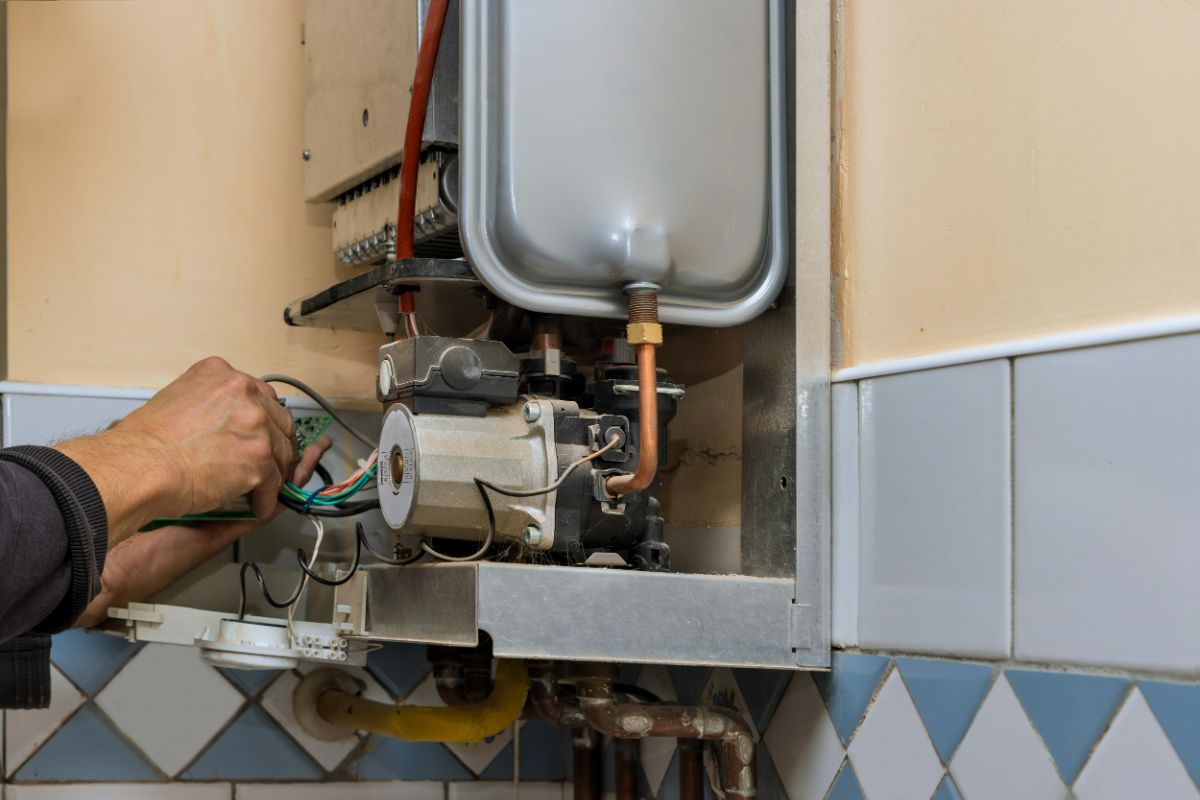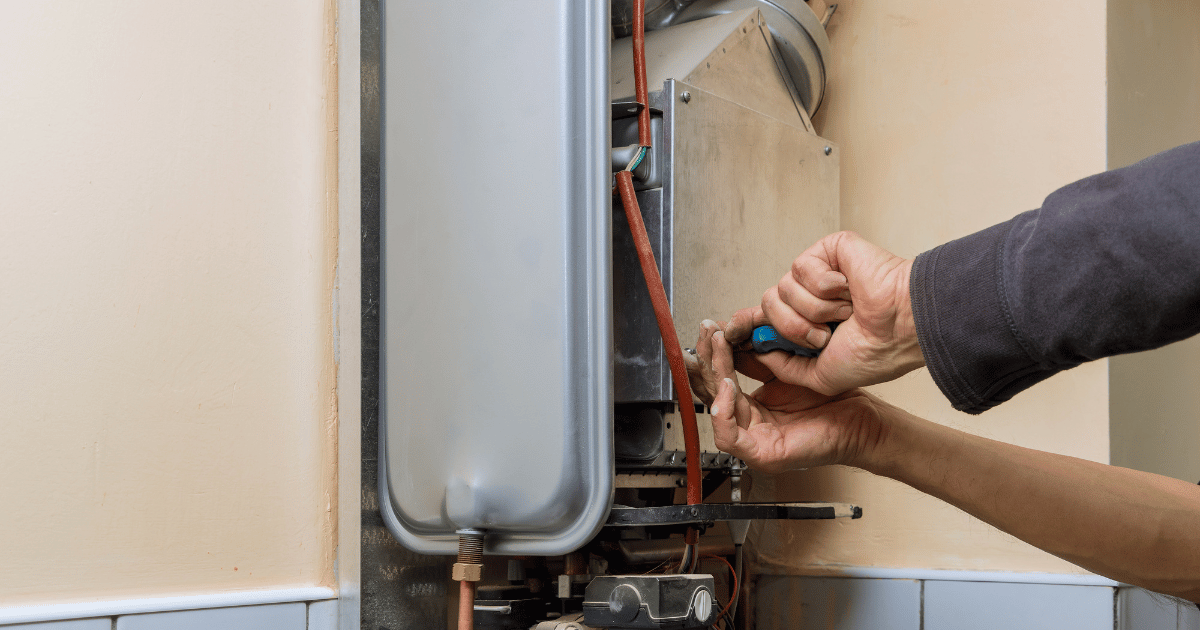Steps to Prolong the Life of Your Home's Hot Water System Through Maintenance
This PostAny individual seems to have their private opinion involving Tips For Maintaining Your Hot Water Heater.

Hot water is important for daily convenience, whether it's for a revitalizing shower or cleaning meals. To ensure your hot water system runs effectively and lasts much longer, routine maintenance is key. This write-up supplies useful tips and understandings on how to keep your home's hot water system to avoid disturbances and expensive repairs.
Intro
Maintaining your home's hot water system might appear challenging, but with a couple of easy actions, you can ensure it operates efficiently for many years to come. This overview covers everything from recognizing your hot water system to DIY upkeep suggestions and recognizing when to contact professional assistance.
Importance of Keeping Your Warm Water System
Routine upkeep not only expands the life expectancy of your warm water system but also guarantees it operates effectively. Neglecting maintenance can bring about decreased effectiveness, greater power bills, and also early failure of the system.
Indicators Your Hot Water System Requirements Upkeep
Understanding when your warm water system needs attention can stop significant problems. Look out for signs such as irregular water temperature, strange noises from the heater, or rustic water.
Recognizing Your Hot Water System
Before diving right into maintenance tasks, it's practical to understand the standard components of your warm water system. Normally, this includes the water heater itself, pipelines, anode rods, and temperature controls.
Regular Monthly Upkeep Tasks
Routine regular monthly checks can help capture small issues prior to they rise.
Flushing the Hot Water Heater
Purging your hot water heater removes sediment buildup, enhancing effectiveness and extending its life.
Monitoring and Changing Anode Rods
Anode poles protect against corrosion inside the tank. Examining and replacing them when worn out is important.
Checking and Changing Temperature Level Setups
Readjusting the temperature level setups ensures optimal performance and security.
Do It Yourself Tips for Upkeep
You can do a number of maintenance tasks yourself to keep your hot water system in top condition.
Checking for Leakages
On a regular basis evaluate pipelines and links for leaks, as these can result in water damage and higher expenses.
Evaluating Pressure Alleviation Valves
Examining the stress safety valve ensures it works properly and avoids extreme pressure build-up.
Shielding Pipelines
Protecting hot water pipes reduces heat loss and can conserve power.
When to Call an Expert
While do it yourself upkeep is beneficial, some problems need specialist competence.
Facility Problems Calling For Expert Help
Examples consist of major leaks, electric issues, or if your water heater is continually underperforming.
Regular Professional Upkeep Perks
Professional upkeep can include thorough examinations, tune-ups, and making sure compliance with safety and security requirements.
Conclusion
Normal maintenance of your home's hot water system is crucial for effectiveness, longevity, and price savings. By complying with these pointers and recognizing when to seek professional assistance, you can make sure a trusted supply of warm water without unexpected disturbances.
How to Maintain an Instant Hot Water Heater
Before tinkering with your hot water heater, make sure that it’s not powered on. You also have to turn off the main circuit breaker and shut off the main gas line to prevent accidents. Also turn off the water valves connected to your unit to prevent water from flowing into and out of the appliance. 2. When you’re done, you have to detach the purge valves’ caps. These look like the letter “T†and are situated on either side of the water valves. Doing so will release any pressure that has accumulated inside the valves while at the same time avoid hot water from shooting out and burning your skin. 3. When the purge valves’ caps are removed, you have to connect your hosing lines to the valves. Your unit should have come with three hoses but if it didn’t, you can purchase these things from any hardware or home repair shops. You can also get them from retail stores that sell water heating systems. Read the user’s manual and follow it to complete this task properly. When the hosing lines are connected, open the purge port’s valves. 4. You should never use harsh chemical cleaners or solutions when cleaning your unit. Make use of white vinegar instead. It should be undiluted and you’ll probably use about 2 gallons. 5. Now flush your water heater. This task should probably take about 40 minutes. We can’t give you specific directions for this because the procedure is carried out depending on the type, model and brand of your heater. With that being said, refer to the user’s manual. 6. When you’re done draining the unit, you have to turn off the purge port valves again. Remove the hosing lines that you earlier installed on each of the water valves. Put the valve caps (purge port) back in their respective places and be very careful so as not to damage the rubber discs that are found inside these caps. 7. Now that everything’s back in place, check your user’s manual again to find out how to reactivate your water heating system. 8. Once it is working, turn one of your hot water faucets on just to let air pass through the heater’s water supply pipes. Leave the tap on until water flows smoothly out of it. https://www.orrplumbing.com/blog/2014/september/how-to-maintain-an-instant-hot-water-heater/

We were made aware of that report on Water Heater Maintenance Tips You Can't Afford to Forget from a friend on another web address. For those who enjoyed reading our post plz consider to pass it around. Thank-you for taking the time to read it.
Click Here